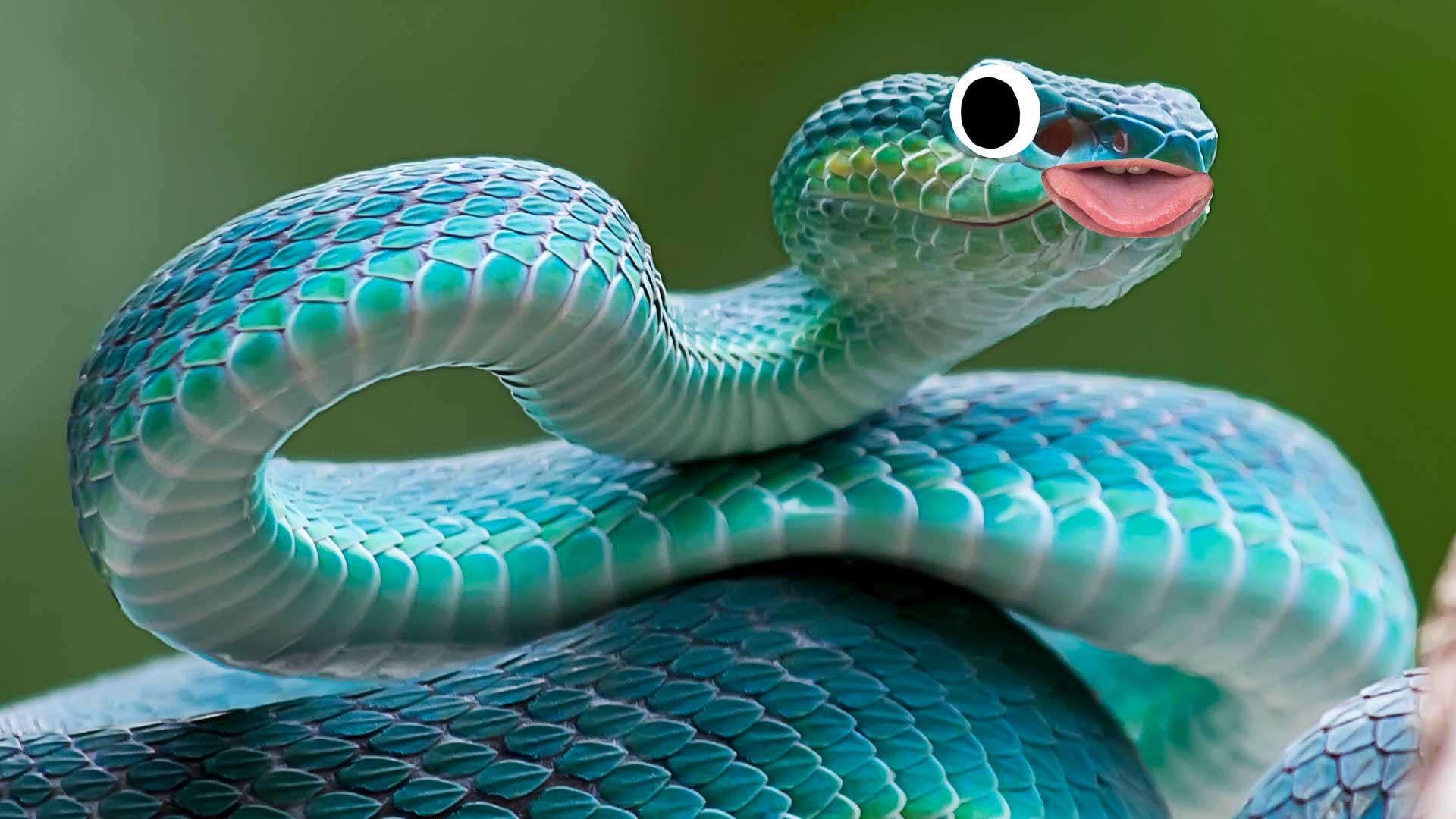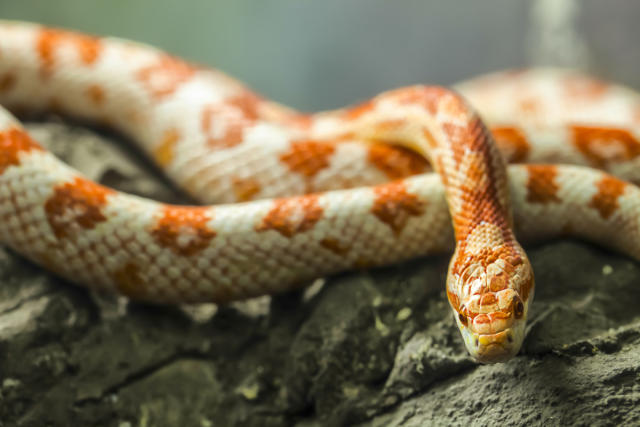Open the World of Reptiles: Snake for Sale Offerings
Open the World of Reptiles: Snake for Sale Offerings
Blog Article
How to Develop the Perfect Environment for Your Family Pet Snake
Developing the ideal environment for your pet serpent is essential to guaranteeing its health and wellness and well-being. From picking the appropriate unit to supplying the suitable temperature level and moisture degrees, there are numerous variables to consider when setting up a habitat that mimics your snake's natural surroundings. By comprehending the specific needs of your serpent types and applying the required aspects in its environment, you can develop a room where your pet can prosper. Allow's explore the key components that go right into making the best home for your slithery buddy.
Picking the Right Room
Picking the proper unit is essential in providing an appropriate home for your pet dog serpent. The unit works as the snake's key environment, impacting its total health and actions. When selecting an enclosure for your pet dog snake, there are a number of factors to think about to make certain a comfortable and safe environment. The size of the room is crucial, as it must be sizable enough to enable the snake to move freely. A general guideline is to provide a habitat that goes to the very least as long as the serpent's size and vast sufficient for it to extend pleasantly.
Wood and PVC enclosures use outstanding insulation, which is essential for controling temperature and moisture levels within the habitat. Eventually, the room needs to imitate the snake's all-natural habitat as very closely as possible to ensure its wellness and happiness.
Establishing Up Temperature and Moisture Degrees
In order to provide a helpful living atmosphere for your pet dog serpent within the selected unit, interest to preserving optimum temperature and humidity levels is vital. Serpents are ectothermic creatures, meaning they depend on outside sources to control their body temperature level. For a lot of serpent types, the suitable temperature arrays between 75-85 ° F(24-29 ° C) on the colder end and 85-90 ° F(29-32 ° C) on the warmer end. To achieve this gradient, you can use home heating pads, warmth lamps, or ceramic heating units. It is critical to position thermometers at both ends of the unit to keep track of the temperature level frequently.
The proper humidity degree varies depending on the snake varieties, with the majority of needing degrees in between 40-60%. By diligently keeping an eye on and readjusting temperature level and humidity degrees, you can produce a safe and comfortable environment for your beloved pet serpent.
Providing Adequate Hiding Spots
Making certain the accessibility of ideal hiding places is important for creating a stress-free environment for your animal snake. To imitate their all-natural environment, offer at the very least two hiding spots in your snake's enclosure-- one on the warmer side and one on the cooler side.

Choosing the Appropriate Substratum
To create an ideal environment for your family pet snake, what factors should be considered when selecting the ideal substratum? Picking the appropriate substratum for your pet serpent is essential for preserving its health and wellness and well-being. When picking a substratum, a number of variables require to be taken into factor to consider.
Most importantly, the substrate ought to mimic the serpent's natural surroundings as closely as possible. Different snake varieties have various environment preferences, so it is important to investigate your particular serpent's natural environment to next choose a proper substrate. Desert-dwelling serpents may need a sandy substratum, while forest-dwelling snakes might like an extra damp substratum like cypress mulch or coconut husk.
Choose for substrates that are easy and non-toxic to clean to preserve a sanitary atmosphere for your pet dog serpent. By thoroughly thinking about these elements, you can produce a safe and comfortable read this environment for your pet dog serpent.
Offering Correct Lights and Home Heating

When it concerns lights, serpents have certain lighting demands to imitate their all-natural setting. Ultraviolet (UV) lights may be needed for certain serpent types to aid with calcium absorption and vitamin D synthesis. Nonetheless, not all serpents require UV lighting, so it's important to research your specific serpent varieties' needs.
To offer the ideal balance of lights and heating, think about making use of a combination of overhanging heating lights, hot pad, and thermostats to control temperatures accurately. Make sure that your serpent's habitat has a temperature level slope, allowing it to move between warmer and cooler areas as needed. snake for sale. By supplying proper lighting and heating, you can create a comfortable and healthy environment for your pet snake
Conclusion
Finally, creating the excellent habitat for your animal snake involves choosing the right enclosure, establishing up proper temperature and moisture levels, supplying appropriate concealing places, choosing the appropriate substrate, and supplying proper lights and heating. By following these guidelines, you can make certain that your snake has a comfortable and healthy environment to prosper in. Bear in mind to regularly adjust the habitat and keep an eye on as needed to satisfy your serpent's particular needs.
To create an appropriate habitat for your pet dog snake, what variables should be thought about when selecting the suitable substrate? Various serpent species have various habitat preferences, so it is crucial to research your particular snake's native setting to select an appropriate substrate. Desert-dwelling serpents might require a sandy substrate, while forest-dwelling snakes may favor a more humid substratum like cypress mulch or coconut husk.
Not all serpents require UV lighting, so it's important to research your particular snake varieties' needs.

Report this page